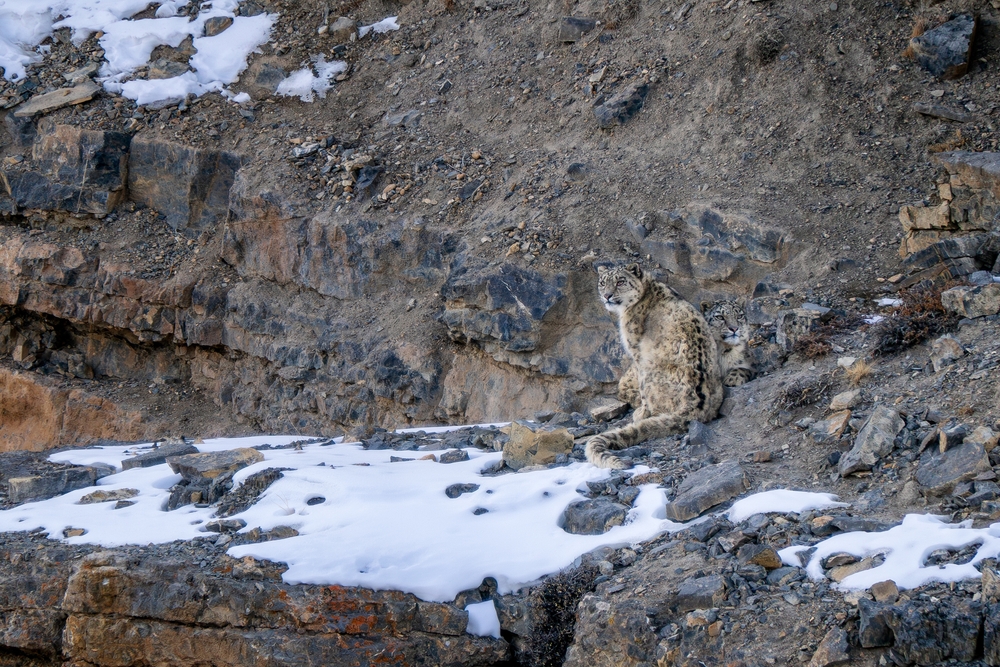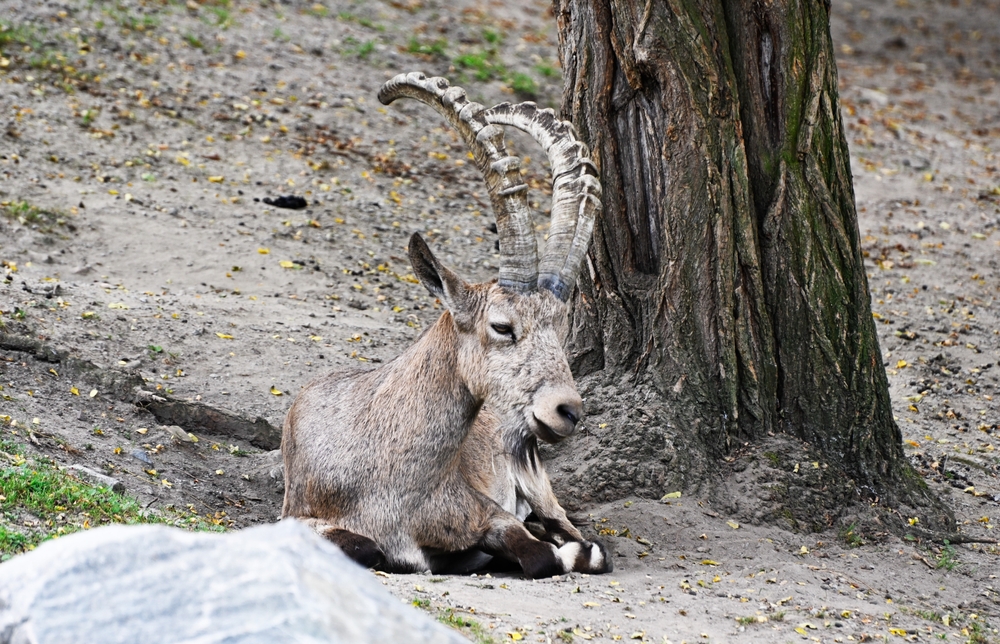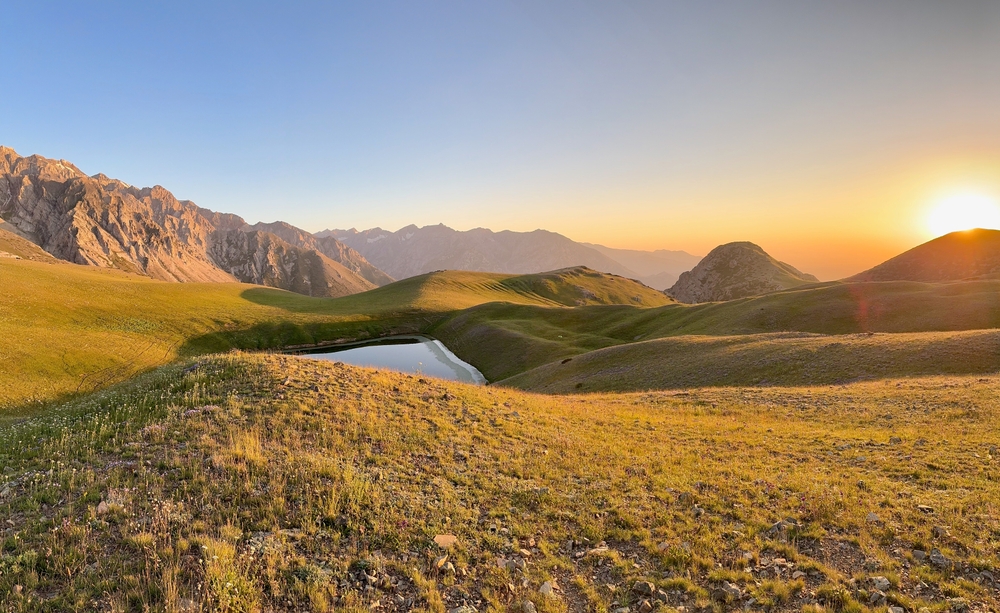Ugam-Chatkal Overview
Ugam-Chatkal National Park, locally known as Угам-Чаткал миллий боғи, is a large and ecologically diverse protected area in eastern Uzbekistan. Encompassing approximately 575 square miles (1,489 square kilometers), the park lies within the Tashkent Region and forms part of the Western Tien Shan mountain system.
Established in 1992, it stretches along the border with Kazakhstan and includes part of the Chatkal and Ugam mountain ranges. This transboundary park is recognized for its rich biodiversity, rugged alpine landscapes, and its role in protecting key ecosystems within Central Asia.
The terrain of Ugam-Chatkal National Park is a dramatic mix of high mountains, steep valleys, forested slopes, and alpine meadows. Elevations range from lowland riverbanks to peaks rising over 13,000 feet (4,000 meters), resulting in striking topographic variation.
The park is traversed by several rivers, including the Chatkal and Ugam, which carve deep gorges and feed into sparkling streams and glacial lakes. Vegetation varies with altitude and includes juniper forests, mountain herbs, and broadleaf trees such as maple and walnut in lower areas. During spring and summer, wildflowers blanket the meadows, creating vivid landscapes against a backdrop of snowcapped peaks.
Ugam-Chatkal is home to a wide array of wildlife, including several rare and threatened species. Among the most notable mammals are the snow leopard, Central Asian lynx, Tien Shan brown bear, and Siberian ibex. These species inhabit the higher elevations and remote valleys, while roe deer, wild boar, and red foxes are more common in the lower zones.
The park is also a haven for birds, with over 200 species recorded, including golden eagles, bearded vultures, Himalayan snowcocks, and hoopoes. Amphibians, reptiles, and numerous invertebrate species thrive in the moist forest and river environments, contributing to the park’s ecological richness.
Popular features of the park include the Charvak Reservoir, a turquoise lake at the foot of the mountains, and the scenic Beldersay and Chimgan valleys, which are favored for their beauty and accessibility. The park’s alpine meadows and juniper forests provide stunning settings for outdoor activities.
Panoramic views from high ridges reveal sweeping mountain vistas and attract photographers and nature enthusiasts alike. The park is also significant for its proximity to Tashkent, making it a popular destination for both tourists and local visitors.
Visitors can engage with Ugam-Chatkal National Park through hiking, mountain climbing, skiing, camping, and wildlife watching. Well-established trails in the Chimgan and Beldersay areas cater to a range of experience levels, while more remote areas offer challenging trekking routes.
In winter, parts of the park serve as ski resorts. Local tour operators and eco-lodges provide access to guided excursions and nature tours, supporting both recreation and environmental education.
Conservation within Ugam-Chatkal National Park has been strengthened by its inclusion in the Western Tien Shan UNESCO World Heritage Site, highlighting its global ecological value. Challenges remain, including illegal logging, overgrazing, and unregulated tourism in some areas.
However, international cooperation between Uzbekistan and neighboring countries, along with national environmental policies, has led to improved protection measures. Ongoing efforts focus on habitat preservation, sustainable tourism, and scientific monitoring to ensure the park’s long-term ecological health.













































































